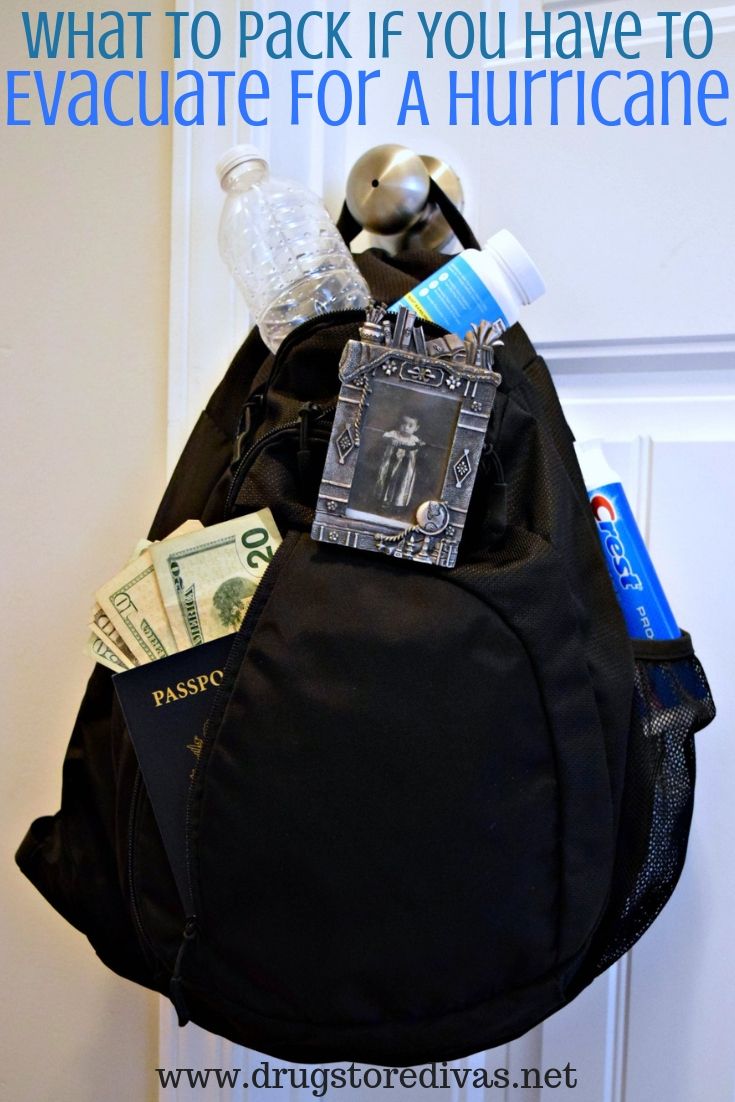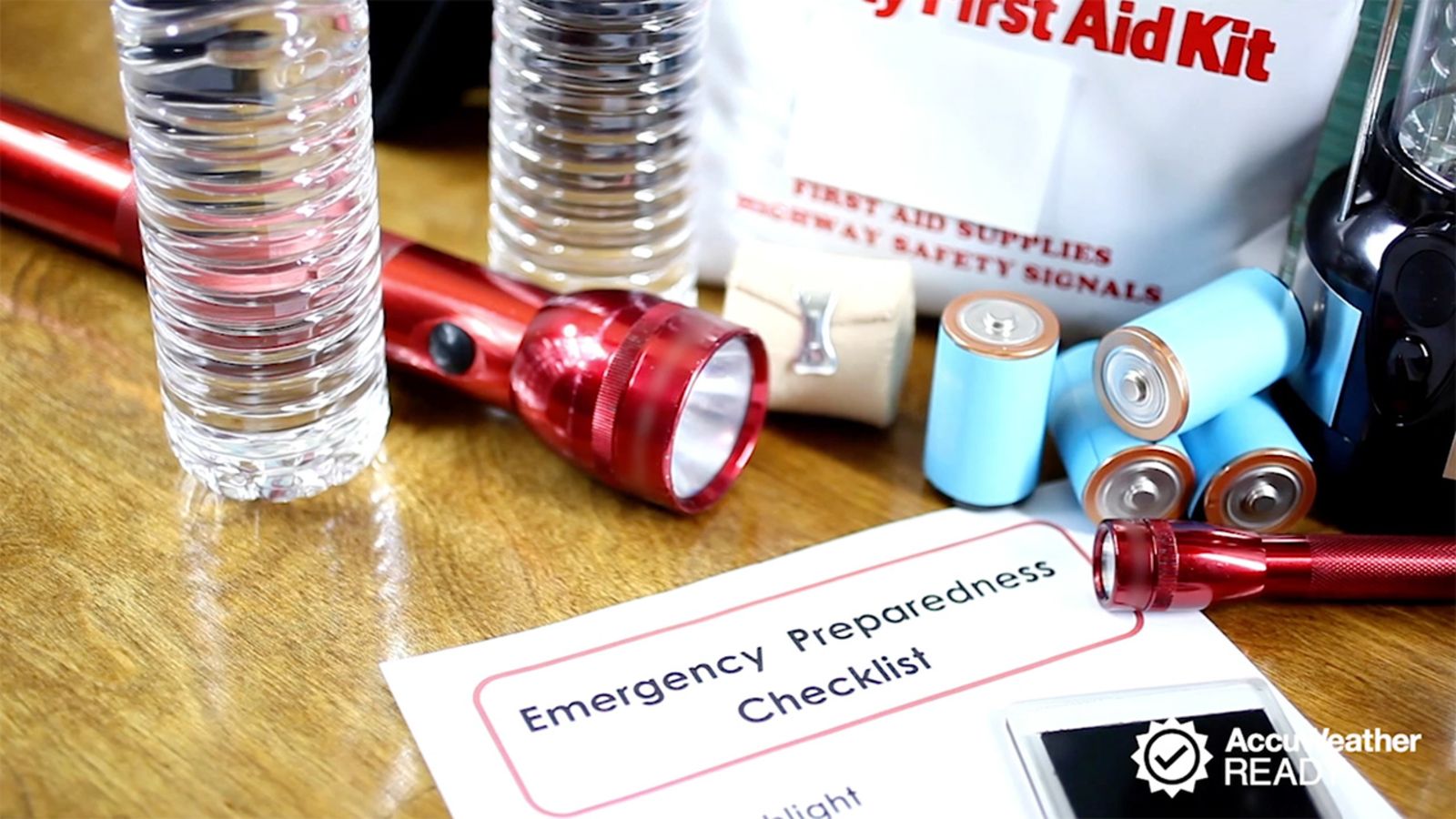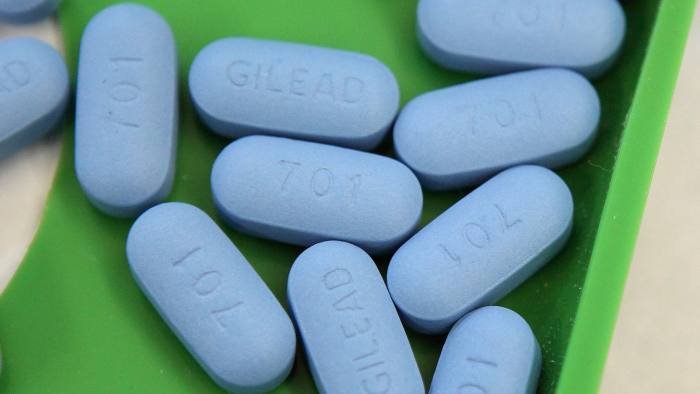In the face of an emergency or disaster, evacuating to a safe location may become necessary. Being prepared with a well-stocked evacuation bag or kit can make a significant difference in your ability to cope and survive during an evacuation. Here’s a comprehensive list of items to consider including in your evacuation bag:
Vital Documents:

- Copies of important documents like IDs, passports, birth certificates, insurance policies, and medical records.
- Cash and credit cards (small bills and a card that works without electricity).
Communication and Devices:

- Cell phone with a fully charged battery and power bank or solar charger.
- Portable radio with extra batteries.
- Whistle to signal for help.
Water and Food:
- At least a 3-day supply of non-perishable food items like granola bars, canned goods, and ready-to-eat meals.
- At least a 3-day supply of clean, bottled water.
- Water purification tablets or a filtration system if accessing clean water is uncertain.
Medications and Medical Supplies:
- Prescription medications with a 7-day supply (more if necessary).
- Over-the-counter medications for common ailments.
- First aid kit with bandages, antiseptic wipes, pain relievers, and any essential medical supplies.
Clothing and Footwear:
- Comfortable and sturdy shoes or boots.
- Layered clothing suitable for different weather conditions.
- A rain poncho or waterproof jacket.
- A warm hat, gloves, and scarf.
Hygiene Items:
- Toiletries like soap, deodorant, shampoo, and toothpaste.
- Feminine hygiene products.
- Hand sanitizer and disinfectant wipes.
- Small towels or washcloths.
Important Personal Items:
- Eyeglasses or contact lenses with a spare pair.
- Hearing aids or other assistive devices with extra batteries.
- Important keys (house, car, and emergency keys).
Emergency Tools:
- Multi-tool or Swiss Army knife with scissors, pliers, and screwdriver.
- Duct tape, cable ties, and rope.
- Flashlight with extra batteries or a headlamp.
Other Recommended Items:
- Small tent or portable shelter (if applicable).
- Sleeping bag and compact pillow.
- Food preparation utensils like a can opener and spoon.
- Fire starter and a small lighter or matches.
- A notebook with important information like contact numbers and medication dosages.
- A map of the area and a list of emergency evacuation routes.
- Pet supplies (if evacuating with pets).
Considerations for Specific Needs:
- For infants and children, include diapers, formula, toys, comfort items, and any specialized medical supplies.
- For those with dietary restrictions, pack specialized food options and snacks.
Remember to keep your evacuation bag easily accessible and review its contents periodically to ensure they are up-to-date and functional. Preparing a well-equipped evacuation bag is a crucial step in ensuring the safety and comfort of yourself and your loved ones during emergencies.










